These furry little forest ambassadors are wildly successful at surviving in a human-centric world. Unlike some other urban species, squirrels are just cute enough to get away with most antics. The squirrel family contains over 285 species, and each one is unique. Read on to learn about the squirrel.
Description of the Squirrel
There are a wide variety of species in the Sciuridae, or squirrel, family. From chipmunks, to ground squirrels and prairie dogs, most squirrels share some traits. Many of these animals have thick fur coats of various lengths, and bushy tails. They typically have longer rear legs than front legs, and sturdy claws. Many species are adapted for climbing.
Interesting Facts About the Squirrel
With hundreds of species, squirrels could compile a hefty survival traits list. Different species have different survival methods, each as interesting as the last.
- Continual Growth – With all the gnawing they do, it is important that squirrels’ teeth don’t get ground down. That is why squirrels (and all rodents) have teeth that grow continuously. If a rodent is not given the opportunity to chew, their teeth can continue growing until they cannot eat!
- Scurry on Down! – While these animals are normally solitary, a group of squirrels is called a “scurry.” If you’ve ever watched one scoot up a tree, you will find that name to be quite suitable.
- Care for a Brunswick Stew? – Until the end of the 20th century, squirrel meat was actually in high demand. It was eaten regularly in a variety of dishes, including Brunswick stew, squirrel fricassee, and Kentucky burgoo.
- Sneaky Snake – Some squirrels have been recorded eating rattlesnakes’ shed skin. This has no nutritional value, so why would these diminutive rodents do this strange thing? After chewing the snake shed, the squirrels lick themselves to coat their fur in snake scent. This can help deter predators who would potentially try to eat such a tempting meal.
Habitat of the Squirrel
There are many different species of squirrels, and many different places they call home! You can find these critters in tropical rainforests, polar regions, arid deserts, public parks, and urban jungles.
Distribution of the Squirrel
Different species can be found across the globe. The only continents without native squirrel species are Antarctica and Australia.
Diet of the Squirrel
Squirrels mainly feed on nuts, seeds, fungi, fruit, and other plant matter. Some species are omnivorous, and when food is scarce they will eat insects, eggs, and even some species of small vertebrates.
Squirrel and Human Interaction
Squirrels are sometimes seen as pests, but not nearly as much as many other urban animal species. The most conflict between humans and squirrels occurs over raided bird feeders, and squatting in attics. Even cute rodents can make quite a mess, and create a racket, when they find their way into your attic!
These critters have historically been eaten in many cultures, and a number of different recipes call for squirrel meat. In the United Kingdom, invasive grey squirrels are outcompeting the native red squirrels. To try and combat this, and save the red squirrel, a push to eat grey squirrel meat has been enacted.
Domestication
Squirrels have not been domesticated in any way.
Does the Squirrel Make a Good Pet
While they are occasionally kept as pets, but in most cases this is done illegally. In many states it is against the law to own a squirrel as a pet.
Squirrel Care
Squirrels require a specific diet, vitamins, and minerals to be healthy. They must have plenty of items to chew on, or their teeth will overgrow and cause health problems. Squirrels are long-lived in human care, and require a permanent habitat allowing them to climb and jump easily.
Behavior of the Squirrel
Most of these animals are diurnal, or active during the day. They can also be crepuscular, which means they are most active at dusk and dawn. Some squirrel species, like flying squirrels, are nocturnal.
Reproduction of the Squirrel
Squirrels breed one or two times per year, and typically have a gestation period of three to six weeks, depending on the species. The babies are born blind and hairless, and are weaned at six to ten weeks of age. They reach sexual maturity at approximately one year old.



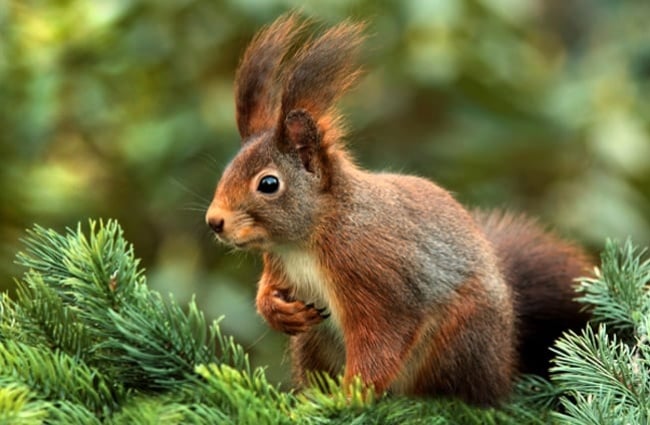



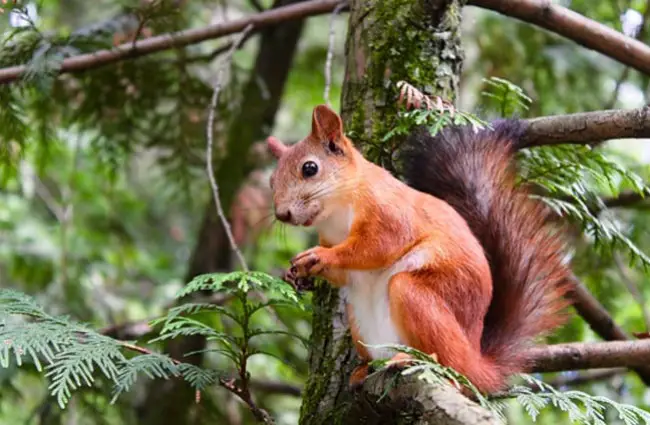


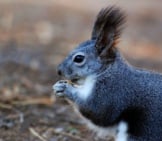

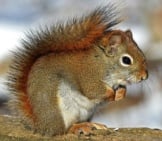
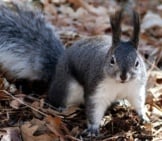
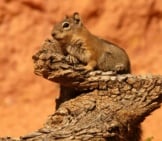

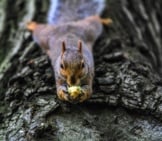
![Red Angus Closeup of a beautiful Red Angus cowPhoto by: U.S. Department of Agriculture [pubic domain]https://creativecommons.org/licenses/by/2.0/](https://animals.net/wp-content/uploads/2020/03/Red-Angus-4-238x178.jpg)












![Red Angus Closeup of a beautiful Red Angus cowPhoto by: U.S. Department of Agriculture [pubic domain]https://creativecommons.org/licenses/by/2.0/](https://animals.net/wp-content/uploads/2020/03/Red-Angus-4-100x75.jpg)

